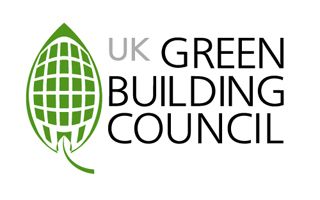 A new report from the UK Green Building Council (UK-GBC), Delivering Building Performance, lays out the five key success factors and steps that it says are required to tackle the gap between building design and building performance, and recommends that the industry adopts kWh/m² as a means to set common aspirations and communications.
A new report from the UK Green Building Council (UK-GBC), Delivering Building Performance, lays out the five key success factors and steps that it says are required to tackle the gap between building design and building performance, and recommends that the industry adopts kWh/m² as a means to set common aspirations and communications.
Having a shared aspiration is one of five key factors identified by the Task Group, composed of representatives from across the industry. The report mapped against the building lifecycle stages and existing tools, but which require behaviour change and a collaborative mindset to be effective.
The five success factors laid out by the UK-GBC are:
1. Having a common aspiration. The UK-GBC says the industry does not currently use a common, simple metric and the report recommends setting a kWh/m² target for energy use at the very least, in order to create a common language and shared aspirations.
2. Collaborative contracting so that performance is guaranteed and control maintained throughout the delivery process.
3. Design for performance, not simply for compliance. Research for the report found that performance improves when aspirations “go for the ceiling, not the floor”.
4. Reciprocal links and a commitment to monitor and feedback, particularly during the handover process as well as giving time for well documented building commissioning. The UK-GBC says links must be made between operational facilities management (FM) and the design team, and between FM and building occupiers.
5. Improved knowledge, across the whole value chain, supports good outcomes. This is enabled by participating openly in lesson sharing activities.
Julie Hirigoyen, chief executive officer of the UK-GBC, said: “The gap between the design intent of buildings and their performance in operation is significant. This means that, as an industry, we’re not only failing to manage our carbon emissions, but we’re also failing to manage our operating costs and we’re compromising our ability to deliver other positive outcomes such as health, wellbeing and productivity for occupiers.
“This report attempts to cut through the complicating noise around this issue. It points to existing tools and simplified processes. The challenge will come in our willingness to change as an industry. The UK Green Building Council will continue to provide education and support to those that are willing to take up the challenge.”




